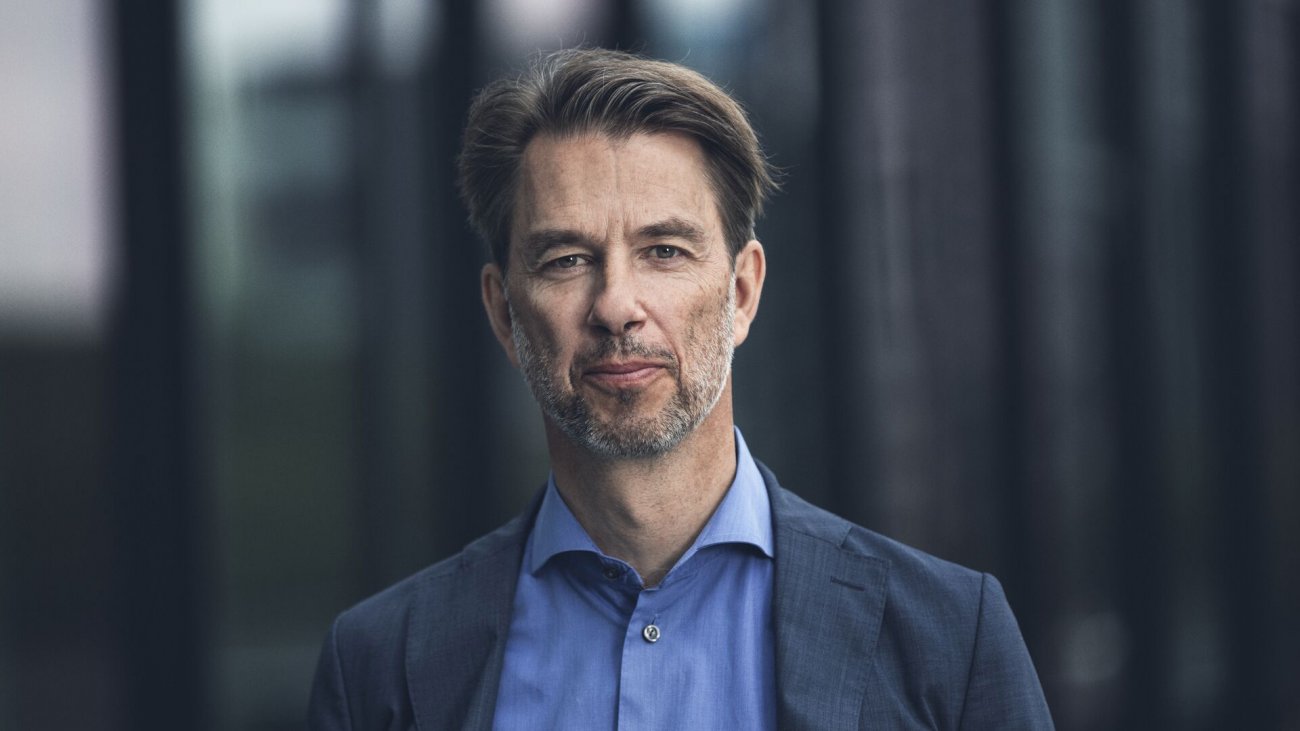By Hamlin Lovell, NordicInvestor
NordicInvestor interviewed Eric Pedersen, who has been Head of Responsible Investments at Nordea Asset Management since 2019, having previously held senior roles at the company including Head of the Danish fund company. The firm’s assets are gathered through banks, insurers, retail banking, private banking and pensions.
ESG Priorities and Coverage
Nordea has prioritised four main ESG themes: climate change; human rights; biodiversity and water, and good corporate governance. “Though climate and biodiversity fit into the E, Nordea does not divide themes into E, S, and G because they are interconnected and some – such as good corporate governance – cover both governance and social in the form of diversity,” says Pedersen.
ESG applies to all asset classes and strategies to a greater or lesser degree. “Some exclusions such as thermal coal above a threshold; ESG integration, and engagement on themes such as climate and human rights are applied to all funds, whether they are article 6, 8 or 9 under SFDR,” says Pedersen. Other policies vary.
Exclusions, Best in Class, Transition and labelling: policies vary by SFDR and product category
Absolute ESG performance needs to meet some minimums, and Nordea’s exclusion list of 260 companies is unfortunately growing, as research reveals more companies falling short of ESG criteria while a smaller number of excluded companies are changing and improving their behaviour and becoming investible again. The largest pool of assets (EUR 120 billion) apply exclusions.
Nordea also looks at firms’ ESG performance relative to peers, but only for certain sectors. “We would not do best in class analysis for sectors such as tobacco and weapons that are beyond the pale,” says Pedersen.
The policy on transition is also rather nuanced: “some fossil fuel companies with a credible transition plan can be owned but not by SFDR article 8 or 9 funds,” says Pedersen.
Nordea’s strictest ESG criteria are applied to its STARS range, which use an internal scoring system to identify best in class. “The scoring system applies a 30% weighting to UN SDG alignment,” he points out. But even within the STARS range, different funds have different ESG labels. All of them meet the European SRI Transparency Code from Eurosif, but only some of them also have the LuxFlag ESG Label; FNG ESG Label (from an organisation promoting sustainable investment in Germany, Austria and Switzerland); Towards Sustainability Label (from the Belgian Central Labelling Agency) and Label ISR (from the French Finance industry).
EU Sustainable Finance framework
Around 64% of Nordea’s assets are already article 8 or 9 as of October 2021. Nordea’s concept of an article 8 fund goes above and beyond the minimum regulatory requirements. Pedersen argues that, “our article 6 funds have a higher level of ESG integration than some competitors’ article 8 funds that may only apply exclusions. The article 8 label alone is not enough to determine if a product matches a client’s sustainability profile”.
Some products such as US High Yield are article 6 because their benchmarks would make it difficult to run an article 8 product, at least within the firm’s tolerance for tracking error. “Excluding energy and gambling, which make up 35% of the US high yield indices, would result in a very high tracking error of 8% or so,” says Pedersen.
Thematic and “Impact”: definitions are subjective
Impact strategies manage (EUR 20 billion) and there is (EUR 12 billion) in thematic products, such as the Global Climate and Environment Fund. “Some thematic funds contain the word impact in the name, eg social and climate impact fund, but they would not meet all definitions of “impact investing”.
Environmental targets and reporting: striving to improve data quality
Nordea has set milestones for carbon reduction by 2030 as part of the Net Zero Asset Manager Initiative, which aims for target-based net zero by 2050 or earlier.
But currently this only applies to equity assets for which data quality is adequate.
Climate reporting standards include TCFD and IGCC, and are informed by climate science.
Nordea provides reporting on carbon footprints and Climate VaR that is extensive, but there is room for improvement in some areas: especially smaller companies, and private companies including some high yield issuers. “We engage with companies to fill gaps and deepen understanding of the data,” says Pedersen.
Data and Reporting: in house analysis is essential
“Third party data weaknesses include backward looking carbon data that ignores decarbonisation transition plans, and differences of opinion between data providers around topics such as labour disputes, human rights abuses and environmental damage. The data often lacks intuitive judgement,” says Pedersen. Nordea buys data from several providers and cleans the data with its own adjustments, which can be qualitative data from questionnaires and site visits. The data is also put in the context of the SASB Reality Map.
Data coverage and quality are improving. In future Pedersen hopes that “a handful of big names can coexist alongside an ecosystem of smaller providers, which might specialise in areas such as gender data or impact”.
Another challenge is that, “some portfolio managers do not realistically have the time and bandwidth to consider an extra 100 ESG data points, but they are adjusting”.
Active ownership and engagement: direct dialogue with companies
“We have the most extensive engagement programme in the Nordics and it is almost exclusively in house. A growing team of six or seven people work full time on engagement, while portfolio managers and analysts also do some engagement work”. In 2020, Nordea’s work on Indian pharmaceutical subcontractors won a Responsible Investor award for best engagement initiative. In 2021, the firm was also shortlisted by the PRI for our collaborative engagement on a coal fired plant in Vietnam, which persuaded some giant companies to withdraw their support for financing the project
EU Sustainable Finance Framework: SFDR 8 is too broad and the Taxonomy is too narrow
Each SFDR category contains a broad range of approaches to sustainability and this new regulation is for now something of a moving target. “The technical standards have not all been finalized, which creates potential for confusion,” says Pedersen.
The taxonomy in its current form is narrow and may remain too narrow even as it expands. “The taxonomy is too narrowly focused on a very range of activities and a small investment universe, which is almost impossible to align with an investment product. It is therefore not useful for the asset management industry. Though the Taxonomy is being expanded, it cannot hope to cover all innovations and many companies undergoing carbon transition do not fit into it,” says Pedersen.



